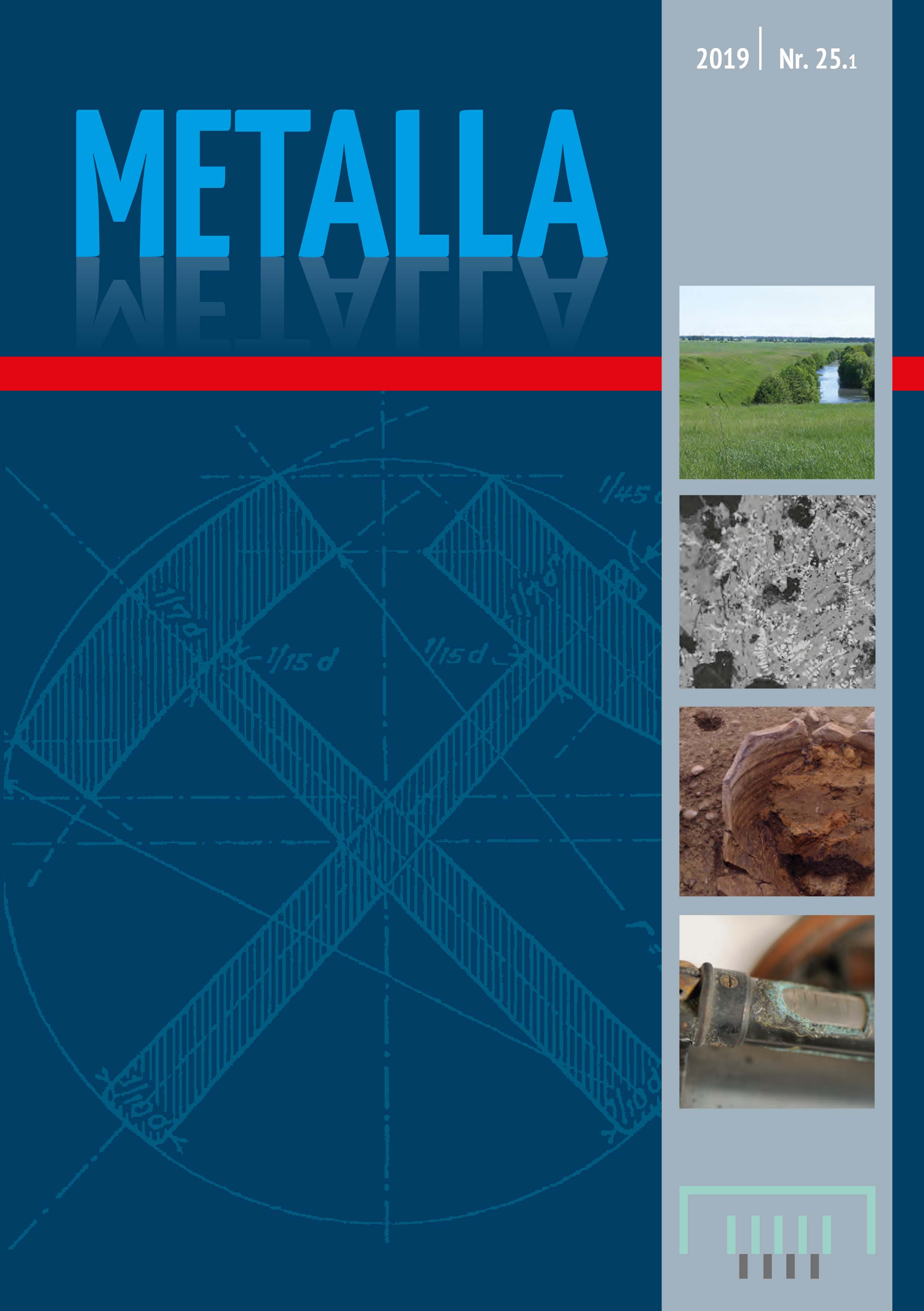The Metallurgical District of Via Moneta in Milan-Mediolanum: The Earliest Phases
DOI:
https://doi.org/10.46586/metalla.v25.2019.i1.13-32Keywords:
Iron, copper metallurgy, oppidum, Gaulish-RomanAbstract
This paper deals with the metallurgical activities in the Celtic metalworkers’ district of Mediolanum. Its development begun in the 4th century BC, reached its larger extension in 2nd-1st century BC and lasted until the end of the 1st century AD. For at least four centuries, there were continuous metallurgical activities in this area. The district was in the center of the oppidum near the area where the Roman forum will be built at a later stage and near the future decumanus maximus. Because of this in the Roman imperial period the metallurgical workshops had to move to suburban areas. The remains of 23 metallurgical workshop are both previous and contemporary to the Romanization. They were built with perishable materials and according to the local building technique. In these workshops, raw iron and copper alloys were transformed into finished objects and accessories for furniture. These workshops can be compared with those discovered in the oppida and in the villages of Transalpine Europe.
Downloads
Published
Issue
Section
License
Copyright (c) 2020 Cucini Constanza

This work is licensed under a Creative Commons Attribution 4.0 International License.



